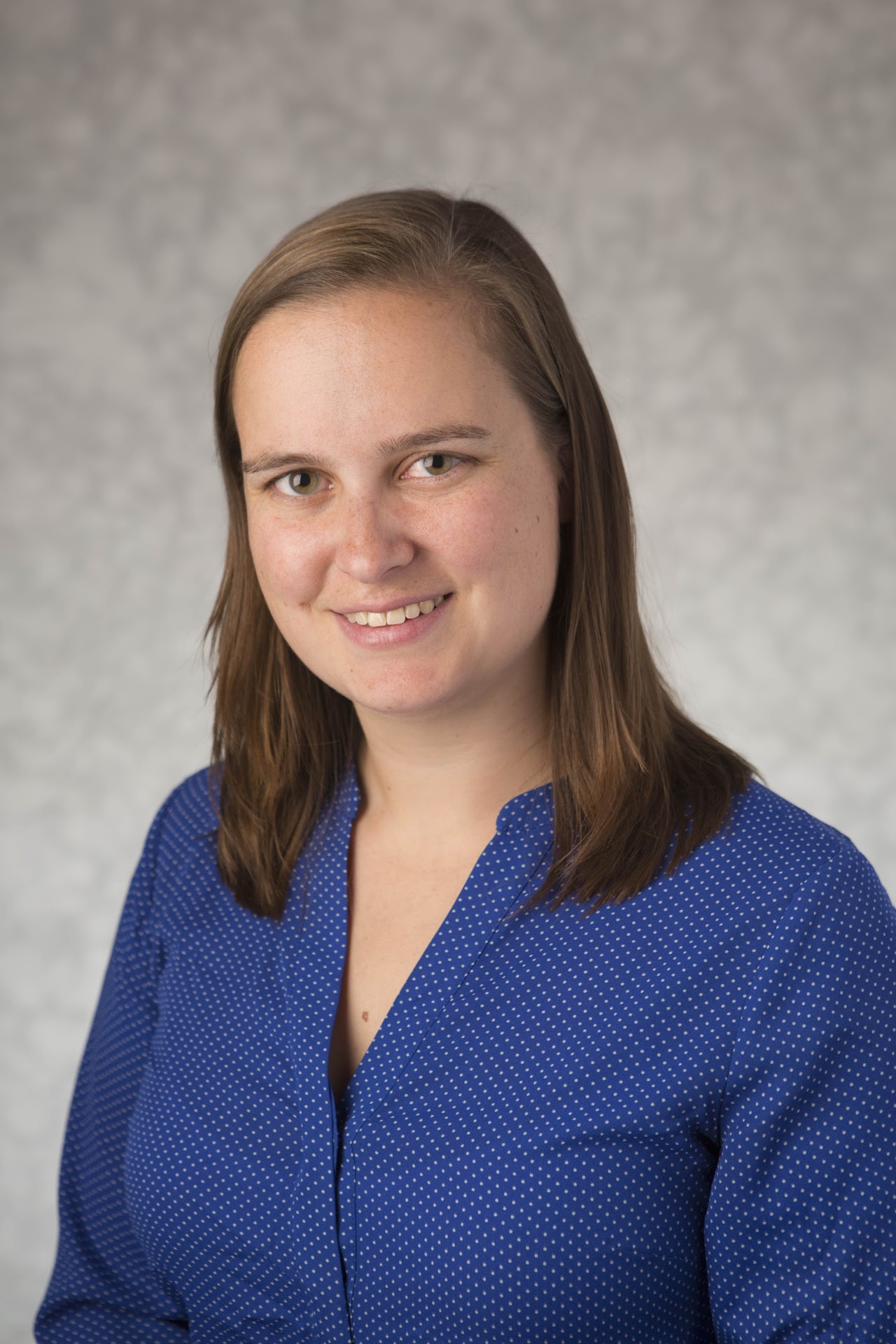Lauren Keough

Bio: Lauren Keough is an associate professor in the Department of Mathematics at Grand Valley State University. Her favorite activities as a child in Rhode Island were those that allowed room for creativity, so, at first, she wasn’t a huge math fan. In fact, when she used her creativity to find patterns to do timed multiplication tests, she thought she was cheating. Her love for math started to develop as an undergraduate at Hofstra University where she learned she could be creative in her math courses. Lauren completed her PhD in 2015 at the University of Nebraska – Lincoln under the supervision of Dr. Jamie Radcliffe. Her PhD research is in extremal graph theory, and she especially loves areas where she can involve undergraduates. After graduate school, Lauren spent a year at Davidson College as a visiting assistant professor before moving to Grand Valley State University (GVSU) in 2016. At GVSU, Lauren strives to meet the needs of all undergraduates. She spreads her love of math by mentoring undergraduate research, hosting math circles, and teaching as many different courses as possible. Beyond math, Lauren likes to do crossword puzzles and is learning to embrace winter sports.
Additional information can be found here.
Topics include:
Breaking Graph Symmetries
A graph is a set of vertices (dots) connected by edges (line segments). When drawn, graphs can have many symmetries. We can model symmetries using automorphisms – maps that change the labels of the vertices, but not the structure. One way to break symmetry is to “paint” the vertices so that the only color-preserving automorphism is trivial. We call such a painting a distinguishing coloring. From another perspective, we can consider how many vertices we need to “pin down” so that if those vertices don’t move, no vertices can move in an automorphism. We call a such a subset of the vertices a determining set. We will discuss distinguishing colorings and distinguishing sets for several types of graphs, and a conjecture that was recently proved by some GVSU undergraduates.
My Two Word Teaching Philosophy
Teaching can be incredibly hard, and it’s easy to lose sight of the big picture. In this talk I will discuss what happened when I embraced a two word teaching philosophy: empathy first. This attitude has changed what I do in my classroom – assessment techniques, activities, and what I value. In a time when I both feel a need for radical change and am just so tired, I’ll try to offer some concrete things I’ve tried, both big and small from efficient and effective ways to implement different assessment techniques to conversations with struggling students. This talk is a tribute to everyone I’ve ever had the privilege of talking about teaching with, including my students: I’ve learned something from all of you!
Math Circle Magic for All
One of my favorite ways to interact with people is through doing problems that people don’t always think of as “math”. I’ve led math circles at GVSU for several years and will present some of my favorite problems. Some of these are magic tricks, and some are just magical in the cool math one discovers while exploring them. This will be an interactive talk where audience members get to discuss math-ish problems with each other and will (hopefully) get to leave with a new discovery of their own.